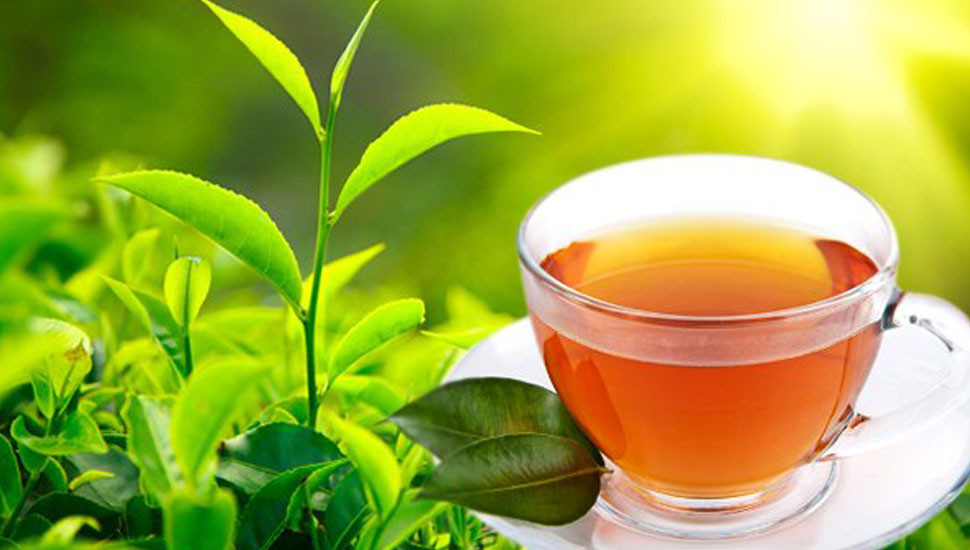COLOMBO, Sri Lanka – The iconic Ceylon Tea industry is currently experiencing a refreshing uplift, with recent data revealing a heartening surge in exports. Figures released within the last 24-48 hours indicate a solid performance in August 2025, alongside impressive cumulative growth for the first eight months of the year. This upward trajectory, driven by strategic shifts towards value-added products and robust demand from key international markets, signals a resilient future for Sri Lanka’s prized commodity, even as lingering challenges persist on the horizon.
August 2025: A Strong Showing for Ceylon Tea
Sri Lanka’s tea exports witnessed a significant uptick in August 2025, with volumes reaching 23.70 million kilogrammes. This marks a commendable improvement of 1.61 million kilogrammes compared to August 2024, showcasing the industry’s renewed vigour. The growth wasn’t just in volume; export earnings from tea in August 2025 soared by 8.73% year-on-year, accumulating an impressive US$ 141.94 million. This robust performance translated to a 7.29% increase in export volume for August 2025 compared to the previous year.
These latest statistics, hot off the press, underscore a broad-based recovery across various tea categories, with the exception of green tea, which experienced a slight dip. The average Free On Board (FOB) price per kilogramme also saw a positive movement, averaging Rs.1,805.35 in August 2025, an increase of Rs.28.69 year-on-year. In more stable US dollar terms, this represented a modest but noteworthy gain of US$ 0.08.
Ceylon Tea exports – Cumulative Performance: A Four-Year High
Looking at the broader picture, the cumulative export figures for the first eight months of 2025 paint an even more encouraging scenario. Total tea exports from January to August 2025 climbed to 174.55 million kilogrammes, reflecting a substantial 12 million kilogramme increase over the corresponding period in 2024. This strong cumulative performance has propelled Sri Lanka’s tea export earnings to its highest level since 2014, reaching an impressive US$ 1.2 billion (or Rs. 306 billion) for the eight-month period. Remarkably, the US dollar earnings for this period are the highest recorded since 2014, when the country shipped a much larger quantity of 214 million kilogrammes.
The average FOB value per kilogramme for the first eight months of 2025 further solidified this positive trend, rising to $5.88, up from $5.80 in 2024. This improvement in FOB value is a crucial indicator of the enhanced global demand and premium positioning of Ceylon Tea.
The Strategic Shift Towards Value-Added Products
A significant driver behind this commendable export performance is Sri Lanka’s strategic pivot towards value-added tea products. Latest reports confirm that value-added exports now constitute a substantial 58% of total shipments for the January-August 2025 period, a notable rise from 53% in the previous year. This shift is particularly evident in the strong gains recorded by Tea Bags and Instant Tea categories. While bulk tea shipments experienced a decline, the growth in higher-margin products like tea packets (up 17.1% in dollar terms for Jan-Aug 2025) is enhancing overall export earnings and strengthening the industry’s resilience.
Key Markets Driving Demand
International demand continues to be robust, with several key markets leading the charge. For the January-August 2025 period, Iraq maintained its position as the largest buyer of Ceylon Tea, importing 26 million kilogrammes, a 23% increase from last year. Libya demonstrated an exceptional rebound, securing third place with 14.39 million kilogrammes, marking a massive 198% surge. Russia followed with 14.77 million kilogrammes, despite a year-on-year decline of 11% in volumes.
Monthly data for August 2025 highlighted significant increases in tea exports to several nations, including the UAE (up 25.57%), Turkey (up 22.82%), Russia (up 19.3%), and Iran (up an impressive 52.73%).
Navigating Challenges and Future Outlook
Despite the current wave of optimism, the Ceylon Tea industry is not without its challenges. Issues such as fluctuating production levels, primarily due to unpredictable weather patterns, and the impact of currency appreciation on farmer earnings remain key concerns. Furthermore, structural problems, including inconsistent government policies on fertiliser imports, taxation, and energy costs, continue to affect plantation operations. Labour shortages and the need for enhanced productivity in some cultivation areas are also ongoing discussions within the sector.
However, the industry is proactively addressing these hurdles. The emphasis on strengthening the smallholder tea grower sector, which contributes significantly to overall production, is a testament to this commitment. Initiatives focused on quality enhancement, sustainable practices, and market diversification are critical strategies to maintain competitiveness in the global tea market. The impressive rebound in export volumes and values, particularly in value-added segments and key markets, suggests that Ceylon Tea is well-positioned to build on this momentum, continuing its legacy as one of the world’s most cherished and high-quality beverages. The recent surge is not merely a slight increase; it’s a testament to the resilience and strategic adaptability of Sri Lanka’s tea industry.

















